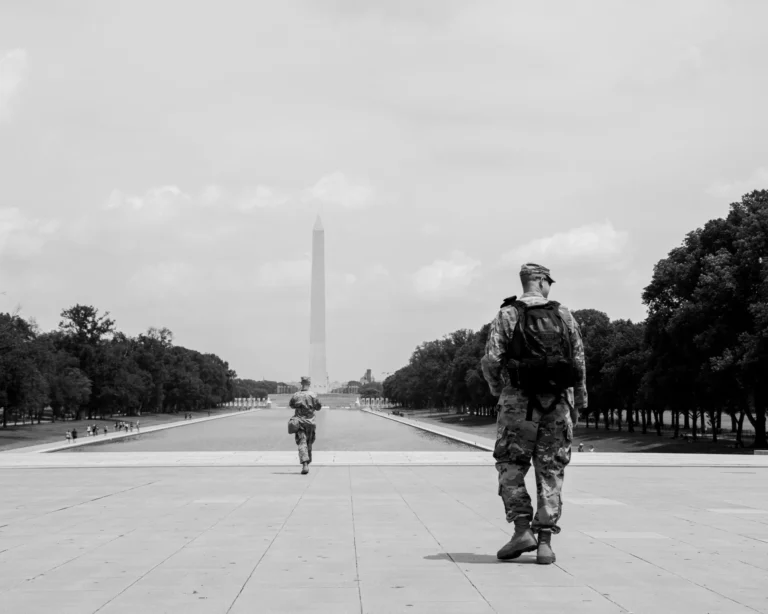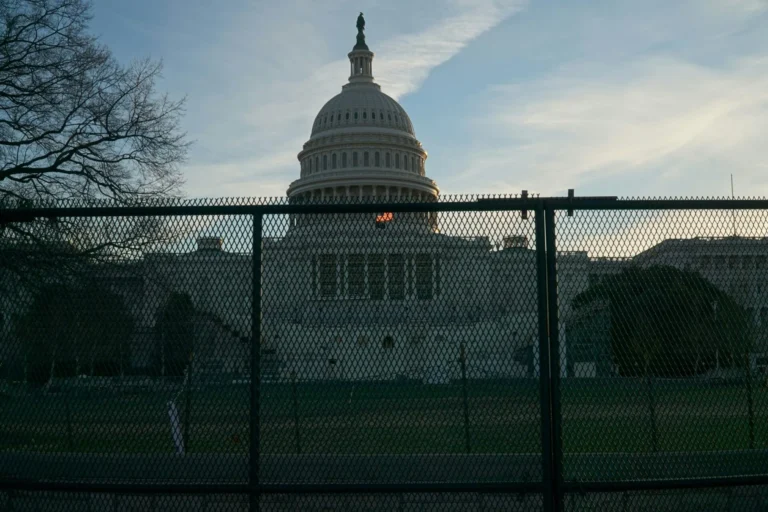By Cliff Montgomery – Sept. 1st, 2010
The federal bureau which approves Big Oil’s purchases of resources on public land keeps a rather poor recordof citizen protests, according to a study released in July by the Government Accountability Office (GAO).
Below, The American Spark quotes from the report:
“As development of the nation’s domestic sources of oil and natural gas intensified during the past decade, sodid concern over the environmental impact of such development. The number of challenges by the public,largely in the form of protests, or objections, to federal onshore oil and gas leasing decisions has also beenhigh, prompting debate over the effects of these protests on leasing and development activities on federallands.
“Disagreement among and criticism by interested parties—ranging from energy industry and conservationgroups to state and local governments—have been escalating, with potential ramifications for oil and gasdevelopment on federal lands, as well as for proposed legislation and policy reforms.
“Differences center on who or what kind of entities object to oil and gas development decisions, theresponsiveness of federal agencies to protests, and whether such protests encourage the responsiblemanagement of these resources or, rather, unnecessarily impede industry access to federal energy resources.
“The Bureau of Land Management (BLM), within the Department of the Interior (Interior), is responsible formanaging oil and gas resources that lie under federal lands and under private lands for which the federalgovernment retains mineral rights–in fiscal year 2009, federal lands accounted for 5.8 percent of the nation’stotal oil production and 12.8 percent of total natural gas production.
“The majority of oil and gas development on federal lands occurs in the western states, particularly in theMountain West. For example, in fiscal year 2009, the states of Colorado, New Mexico, Utah, and Wyomingaccounted for 70 percent of the oil produced on federal lands and 93 percent of the natural gas.
“To manage its responsibilities, BLM administers its programs through its headquarters office in Washington,D.C., 12 state offices, and several subsidiary field offices. BLM headquarters develops regulations andguidance for the agency, and the state offices are responsible for administering the leasing of federal oil andgas resources.
“Each BLM state office is required to conduct oil and gas lease sales at least four times a year if public lands itmanages are available for leasing, and BLM receives nominations of lands for leasing.
“At such lease sales, energy companies bid competitively to buy the right to lease the parcels for oil and gasexploration and extraction. The highest bidder is declared the winner and typically then buys a lease, paying theamount bid for the parcel(s). The lease holder also pays BLM rent each year on non-producing land or royaltieson any oil or gas that is extracted.
“At the various phases of oil and gas resource development—from planning and leasing to exploration andoperations—several mechanisms allow the public to challenge BLM’s decisions.
“During the leasing phase, the public can present challenges through protests, appeals, and litigation.
“Through protests, challengers essentially ask BLM to reconsider its proposed decision to offer a parcel orparcels of land for lease.
“An appeal is a request to the Interior Board of Land Appeals—a body of administrative judges within Interior—to review BLM’s decision to dismiss or deny a protest.
“The public can also challenge BLM’s leasing decisions through litigation brought in a federal court.
“In 2004, we reported on the extent to which BLM gathered and used data on protests and other publicchallenges to manage its oil and gas program. We found that BLM’s agency-wide system for recording leasinginformation was used inconsistently across the agency to track protest information and that the systemtracked only limited protest data.
“We also found that BLM state offices used multiple independent data collection systems, and these systemscould not be integrated with one another or with the agency-wide system.
“Because BLM lacked consistent and readily available nationwide data on public challenges related to itsleasing decisions, we recommended that BLM standardize the collection of public challenge data in its newagency-wide automated system for selling leases and issue clear guidance on how public challenge datashould be entered into the new system.
“In 2007, BLM added a module to its lease record-keeping system to capture, among other things, informationrelated to lease protests.”
“While BLM has taken steps to collect agency-wide protest data, the data it maintains and makes publiclyavailable are limited. Although in 2007 BLM required its staff to begin using a module, added to its lease record-keeping system, to capture information related to lease sale protests, GAO found that the information BLMcollected was incomplete and inconsistent across the four reviewed BLM state offices and, thus, of limitedutility.
“Moreover, in the absence of a written BLM policy on protest-related information the agency is to make publiclyavailable during the leasing process, each state office developed its own practices, resulting in state-by-statevariation in what protest-related information was made available.
“As a result, protester groups expressed frustration with both the extent and timing of protest-relatedinformation provided by BLM.”





